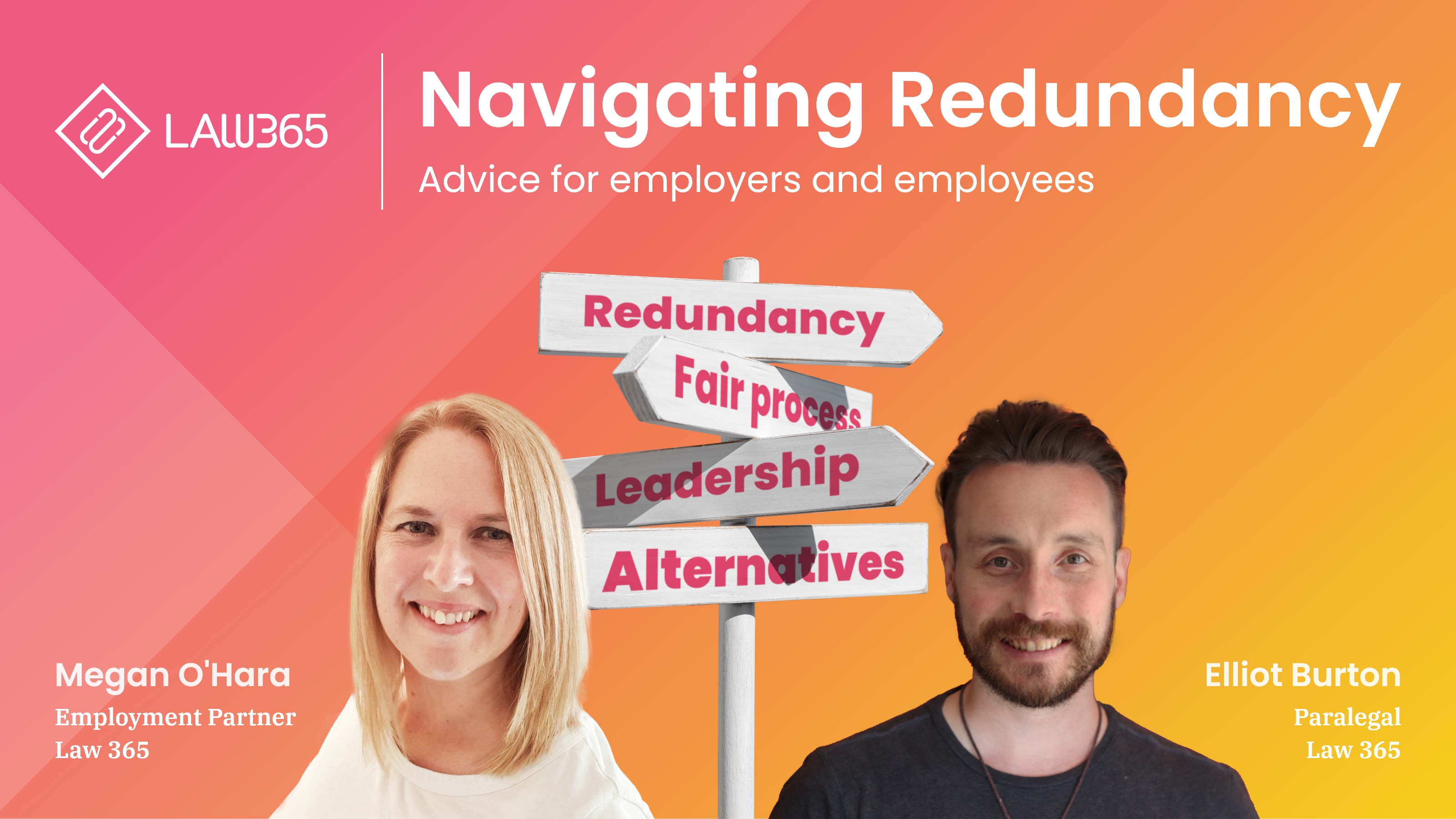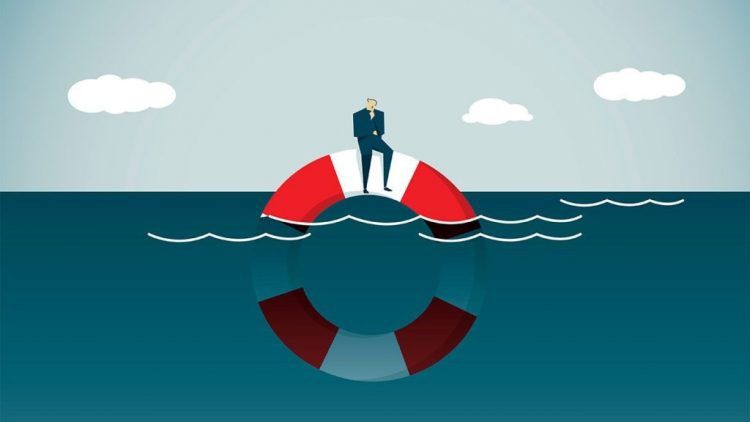Clarified: If a Company Goes Bust Who Pays Redundancy in the UK?
Clarified: If a Company Goes Bust Who Pays Redundancy in the UK?
Blog Article
Examining the Interplay Between Business Redundancy and Organizational Adaptability for Future Development
In the vibrant landscape of today's service world, the complex connection in between business redundancy and organizational versatility arises as a vital element for continual development and success. Business commonly encounter the difficulty of striking a fragile balance in between maintaining a level of redundancy to minimize dangers and cultivating versatility to react swiftly to the ever-evolving market demands. This fragile interplay holds the essential to not just surviving in unstable times yet likewise prospering despite uncertainty. As we check out the complex dimensions of this interplay, appealing understandings into exactly how companies browse these complexities to pave the method for future development wait for.
Value of Firm Redundancy
Firm redundancy is a critical component that boosts business strength and minimizes functional threats. By including redundancy actions within the business structure, business can much better stand up to unanticipated interruptions and changes in the company atmosphere. Redundancy functions as a tactical buffer, permitting firms to adjust and respond efficiently to unexpected obstacles without endangering crucial procedures.
One secret aspect of the importance of firm redundancy is its duty in making sure continuity throughout times of situation. When encountered with sudden changes or emergency situations, repetitive systems, sources, or workers can action in to keep crucial features and stop extensive disturbances. This connection not only safeguards the business's online reputation and customer trust yet additionally reduces monetary losses and operational downtime.

Strategies for Organizational Versatility

Another important method is buying modern technology and infrastructure that can support flexibility and scalability. Executing digital devices, automation, and information analytics can enhance procedures, boost performance, and give beneficial understandings for educated decision-making. Moreover, developing adaptable business structures that permit quick modifications to market characteristics and client requirements is necessary for staying affordable in a rapidly advancing setting. By proactively recognizing possible interruptions and chances, companies can proactively prosper and adjust in an ever-changing organization landscape.
Balancing Redundancy and Adaptability
Achieving a harmonious balance check these guys out between functional redundancy and business adaptability is vital in navigating the complexities of a dynamic service atmosphere. Redundancy within a company provides a safeguard, guaranteeing connection and security in operations. Nonetheless, an unwanted of redundancy can lead to inefficiencies and impede flexibility to transforming market problems. On the various other hand, business versatility allows firms to respond immediately to external disruptions and take new possibilities. Striking the right balance in between redundancy and versatility is a fragile process that calls for a deep understanding of the organization's objectives, industry characteristics, and danger resistance.
To accomplish this equilibrium, firms need to conduct routine evaluations of their procedures to identify locations where redundancy is needed for danger mitigation and where versatility can drive development and development. Executing flexible structures, promoting a culture of constant understanding and improvement, and encouraging open interaction throughout all levels of the company are vital techniques to harmonize redundancy and adaptability successfully. By aligning these two critical components, companies can position themselves for sustainable development and success in an ever-changing service landscape.
Study on Adjustment Success
In examining instances of successful organizational adaptation, it becomes obvious that the interplay in between functional redundancy and adaptability is a specifying aspect in forming resilient businesses. A DVD rental service, Netflix showed exceptional adaptability by transitioning right into a streaming platform when digitalization disrupted the sector. These instance studies underscore the importance of functional redundancy paired with organizational flexibility in promoting long-term development and competitiveness.
Structure Resilience for Future Growth
Structure strength for future growth calls for a calculated alignment of functional processes with market characteristics and arising discover this info here trends. Companies need to adapt to altering atmospheres by promoting a society of versatility, development, and continuous renovation. Durability entails not only recovering from setbacks however additionally proactively getting ready for future difficulties. One key facet of structure durability is investing in robust danger monitoring strategies to alleviate possible disturbances. This includes situation preparation, diversifying supply chains, and creating backup strategies for various contingencies (who pays redundancy money).
Moreover, cultivating solid connections with stakeholders, such as customers, workers, vendors, and the community, is vital for weathering unpredictabilities and keeping count on and support throughout rough times. Reliable communication and openness play an essential check these guys out function in building strength, as they help promote and align expectations partnership in navigating uncertainties.
Moreover, companies need to prioritize discovering and growth efforts to upskill workers and furnish them with the required tools to adjust to transforming situations. By purchasing their labor force, business can improve their flexibility and dexterity, eventually strengthening their durability for sustainable future growth.
Conclusion

In the vibrant landscape of today's business world, the intricate connection in between company redundancy and business flexibility emerges as a critical element for continual development and success. Companies commonly face the challenge of striking a fragile equilibrium between maintaining a degree of redundancy to minimize risks and promoting versatility to react swiftly to the ever-evolving market demands.To accomplish this equilibrium, firms need to carry out normal analyses of their operations to identify locations where redundancy is necessary for risk mitigation and where flexibility can drive technology and growth.In conclusion, the interplay in between business redundancy and organizational flexibility is vital for future development. Structure durability via a combination of redundancy and adaptability will certainly ensure that business are prepared for the difficulties of the future.
Report this page